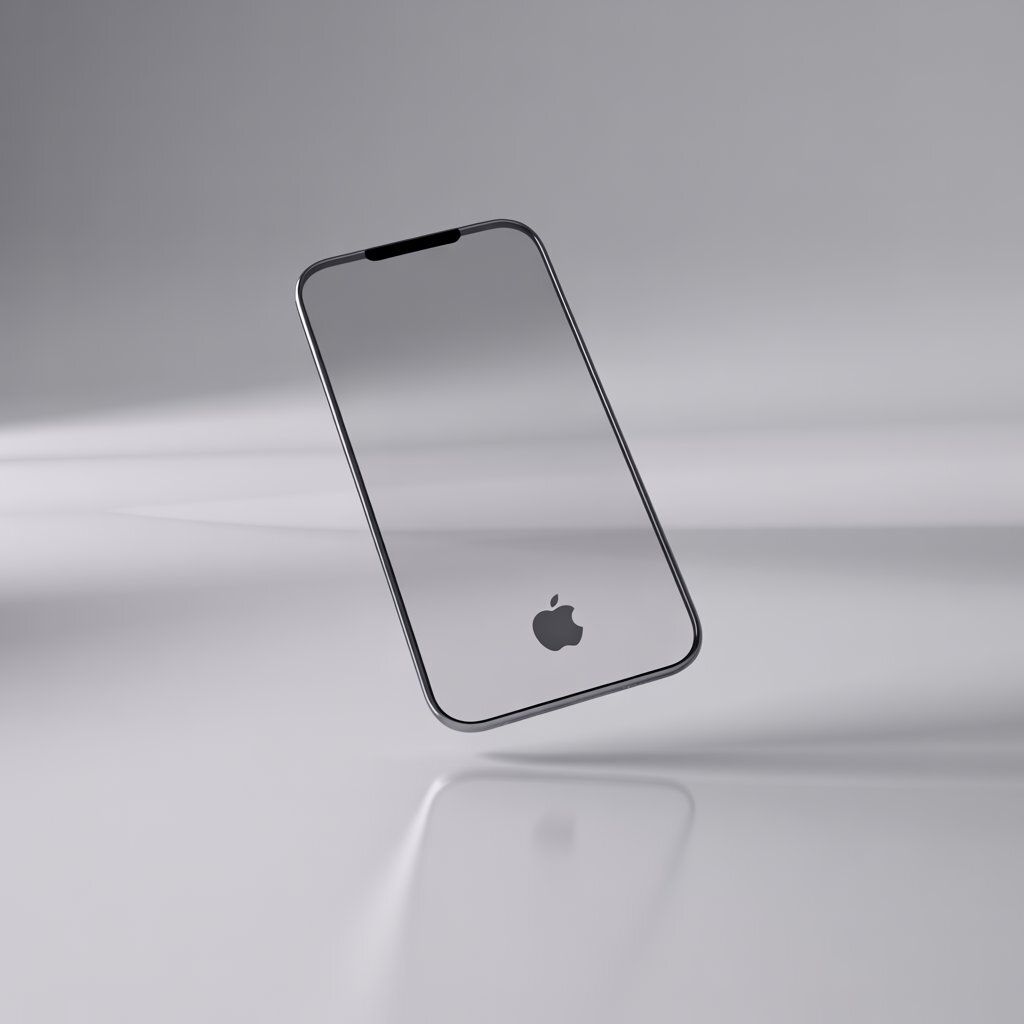- Bytes & Brains
- Posts
- 📱 The Road to Apple’s All-Screen iPhone
📱 The Road to Apple’s All-Screen iPhone
How Apple plans to make the notch and even the hole punch a thing of the past by 2027

The Vision Is Getting Real
Imagine picking up your iPhone and seeing nothing but pure screen no black cutouts, no floating islands, just one seamless pane of glass. That vision isn’t sci-fi anymore. Apple’s long journey to the all-screen iPhone is moving faster than most people realize.
For years, we’ve watched the company inch closer, evolving from the iPhone X notch to today’s Dynamic Island. Now, fresh reports suggest Apple is about to take its boldest step yet and sooner than you might think.
2026: Under-Display Face ID Arrives
It starts next year. The iPhone 18 Pro, expected in September 2026, will introduce under-display Face ID for the first time.
According to multiple industry insiders including OTI Lumionics CEO Michael Helander Apple’s partners are ready to ship materials that make hidden Face ID possible.
This leap means the entire sensor array infrared projector, camera, flood illuminator will live invisibly beneath the screen. But there’s a catch: the front camera will still peek through a small pinhole. Think of it as a halfway point between today’s Dynamic Island and the fully uninterrupted display Apple wants.
The Technical Tightrope
Getting Face ID to work under glass is a mind-bending engineering challenge. All those sensors must:
Accurately scan your face through the display layers
Work in all lighting conditions
Maintain Apple’s security standards
To make this happen, Apple will likely shrink the Dynamic Island into something closer to a small hole punch like we see on many Android phones before removing it entirely.
2027: The All-Screen Anniversary iPhone
Here’s where things get really interesting.
According to Bloomberg’s Mark Gurman, Apple is targeting late 2027—the iPhone’s 20th anniversary—to unveil a truly edge-to-edge model. In this design, both Face ID and the selfie camera will hide beneath the screen, creating a display with zero visible cutouts.
Leaks suggest it will also feature:
A mostly glass chassis with curved edges
Virtually no bezels
A seamless surface unlike anything on the market
This could be the biggest design leap for the iPhone since the original in 2007.
Why It Matters
For users, this shift isn’t just about looks. A true all-screen iPhone promises:
✅ More usable display space
✅ More immersive video and gaming
✅ Fewer weak points in the glass
✅ New interface possibilities Apple hasn’t revealed yet
And just like the iPhone X popularized the notch, the all-screen iPhone could spark a new wave of copycats across the smartphone world.
The Road Ahead
While some analysts think this technology may slip to 2030, Apple’s anniversary milestone appears to be the target. The rollout of under-display Face ID in 2026 will be a critical proving ground.
If Apple nails it, 2027 could mark the end of notches, holes, and Dynamic Islands for good—and the dawn of the phone that’s all screen, all the time.
💡 What do you think?
Would you trade the Dynamic Island for a completely uninterrupted screen?
Hit reply and share your thoughts—I read every email.
Stay tuned to Bytes & Brains for more behind-the-scenes looks at Apple’s biggest design bets.
Reply